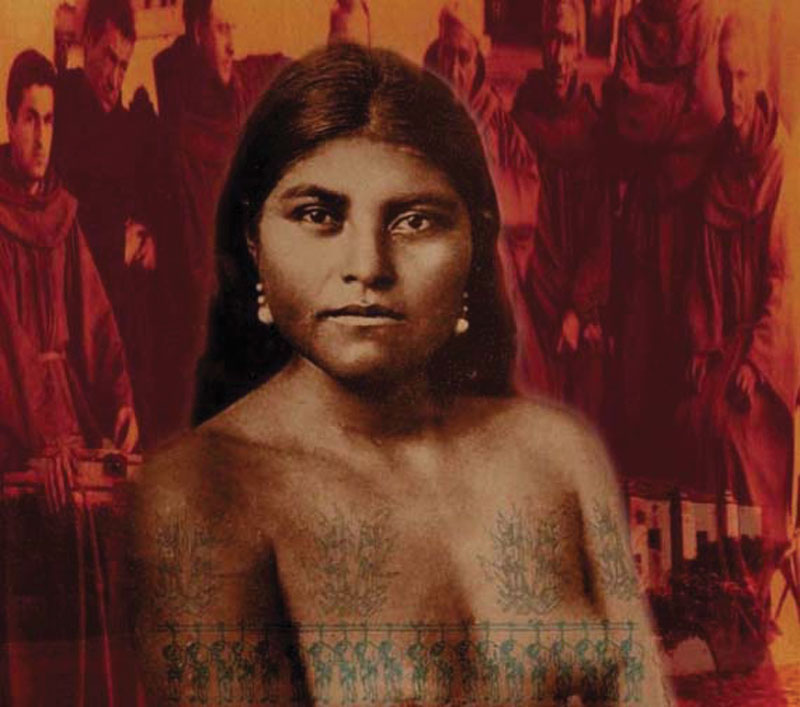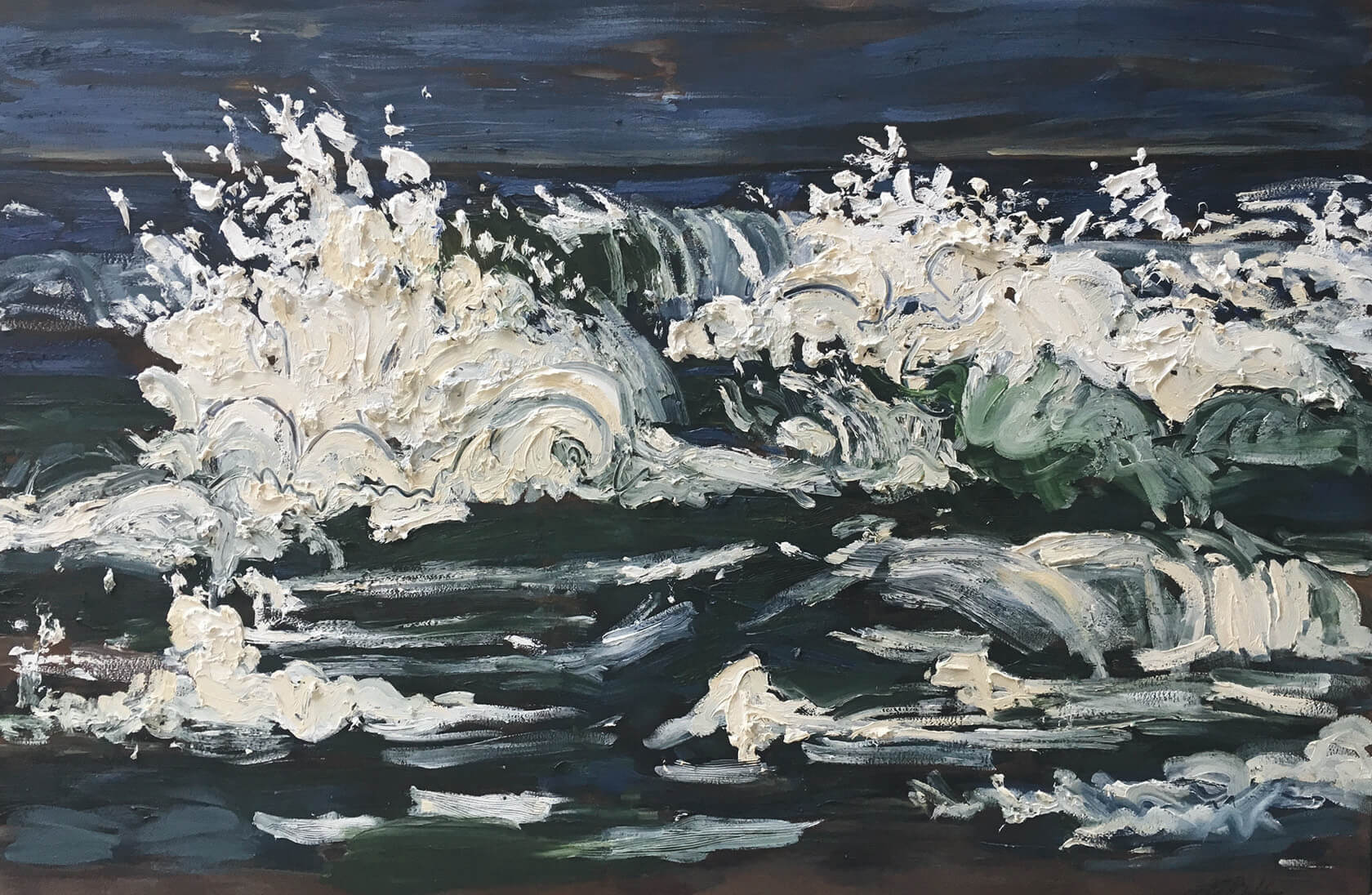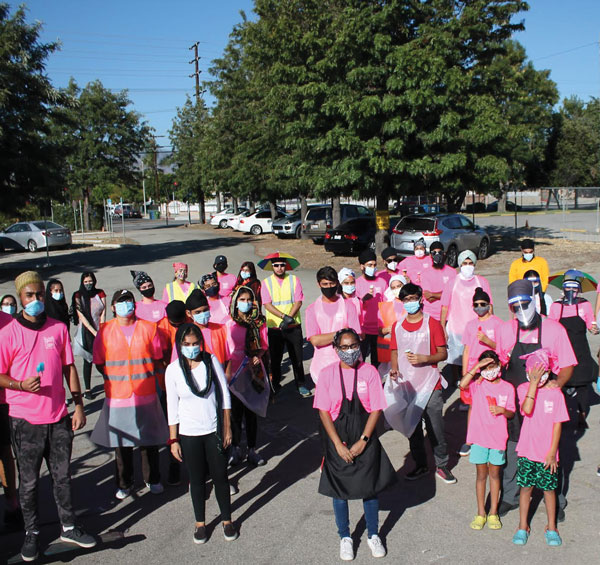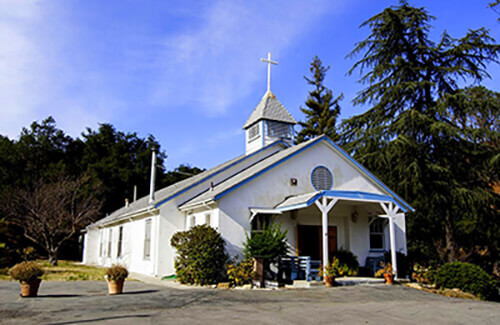Toypurina, California’s Joan of Arc | |
Toypurina, California’s Joan of ArcOct 12 has, for far too many years, been designated as “Columbus Day.” In 2017, Los Angeles declared the second Monday in October as “Indigenous People’s Day.”
Do you know who the Native Americans of Topanga are? They are the Gabrielino-Tongva and the Chumash. Both tribes were “recruited” and removed from their homes to become the property of the San Gabriel, San Fernando, and San Buenaventura Missions. They were forbidden their traditional hunting and gathering lifestyle, and were forced to become farm hands and vaqueros for the missions, and later, ranchos.
They did not go dociley into enslavement.
Dr. Chester King of Topanga was commissioned by the Angeles National Forest to research and publish an Ethnohistory of Japchipet (the people of the village of Japchinga) in 2003. He researched mission records, and diagrammed kinship ties between the villages of the Los Angeles area, as well as the “recruitment” phases of the San Gabriel Mission, due to the many deaths of the Indians brought to the mission.
One of those people from Japchinga was the “rebel leader” Toypurina. She was a medicine person, related to a chief of Japchinga and married to a Tongva from the foothill villages. She was incensed by the Spanish treatment of her people and her homeland, and in 1785 she was convinced by Nicholas Jose, who had led an earlier revolt, to organize people from the foothill villages to attack the San Gabriel Mission. They were caught, and after being imprisoned for 10 weeks, Toypurina was put on trial. She is the first Native American and the first woman whose testimony has been recorded by the Spanish. She was asked 10 questions. Her answers are written in a teacher’s book, “A Time of Resistance,” published for public school use by the Klamath-Trinity Unified School District in 1997. The book includes guides for school discussion. The kids from my tribe know her story. Judy Baca’s depiction of Toypurina has been used many times but has become controversial. The caption for this says, “The Friars depict the suppression of her people while the tattoos on her chest represent the many lives lost during the Mission Era. They are her ‘scars of endurance.’” |
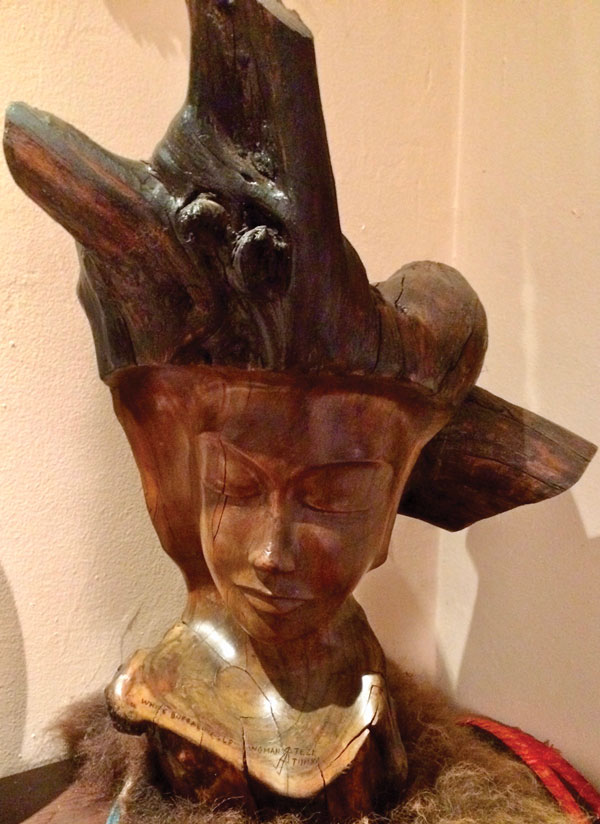 A carving called Toypurina made by Brian Bettelyoun, a Lakota artist, made from a burned tree from the Haramokngna American Indian Cultural Center near Mt. Wilson that survived the¬ÝStation fire in 2009, near Toypurina‚Äôs village of Japchinga.
Toypurina was removed from her family, forced to convert to Catholicism, and exiled to the Monterrey area, where she was forced to marry a Spanish soldier. She died at 39 and is buried in an unmarked grave at Mission San Juan Bautista.
She is one of our first human rights activists, one of our first environmental activists. Now, in this time of “Black Lives Matter” and “All Lives Matter,” there is a movement to take down statues of Father Serra, change the names of schools, and remove their racist and demeaning mascots. Some have suggested that a school be renamed for Toypurina.
There is also a movement to practice “land acknowledgement,” meaning that before an event, a performance, or a happening, someone stands up and acknowledges the First People of the land you now occupy. My house is on the homeland of the Gabrielino-Tongva, and I acknowledge them as the First People of my land. I thank them for caring for my land for 10,000 years and hope that I can care for this land in a way that carries on their respect and care.
In Los Angeles, November has been declared Native American Heritage Month. To learn more about the First Nations of California, celebrate their culture and 10,000 years of nurturing the land, read “A Time of Resistance,” by Sarah Supahan, and “An Ethnohistory of Japchipet,” by Dr. Chester King.
Resources
Time of Resistance by Sarah Supahan, Klamath, Trinity Joint Unified School District Indian Education Program,1997 (Oyate) (School discussions of Mission times and after)
Draft Ethnographic Overview of the Native American Communities‚Ķ (PDF) King,¬ÝChester. 2003.¬ÝJapchibit Ethnohistory. Unpublished Ms. on file at Angeles National Forest.¬Ý (ssfl.msfc.nasa.gov¬Ý‚Ä∫ local ‚Ä∫ SSFL_Ethnographic_Overview_public)
Toypurina, The Joan of Arc of California by Ernest P. Salas Teutimes, Andrew Salas, Christina Swindall Martinez, Gary Stickel. Published by Kizh Tribal Press, 514 Main Street, San Gabriel, CA 91776; P.O. Box 393, Covina, CA 91723; (818) 4061392; gabrielenoindians.org.
 | SONG OF CAPTIVITY
History: The missions had a policy of removing young girls from the villages and keeping them in confinement to “protect” them. Women and girls were locked in a “monjerio,” permitted outside only to attend church. During the day they were forced to work in the gardens, spin thread, and weave clothing, sew, and cook the food. Disease spread rapidly in the filthy confines, so the highest death rates were among the young girls and women “recruited” into the mission.
The Song: This song has been passed down by traditional Southern California Indian singers. Its haunting melody expresses the yearning of the young people confined to the mission, looking through the walls to their homeland and families beyond. It is published in the book, “A Time of Resistance” by Sarah Supahan.
Cha’cha paa’chum amayom chikwishkwi cham
Yam’ya pa yam’ya ya’ani – amayom
Ya’ani – amayom.
This has been loosely translated into English.
Three of us children are suffering
We endure here, and endure here, and are wanting to escape—we children
We are wanting to escape—we children. | 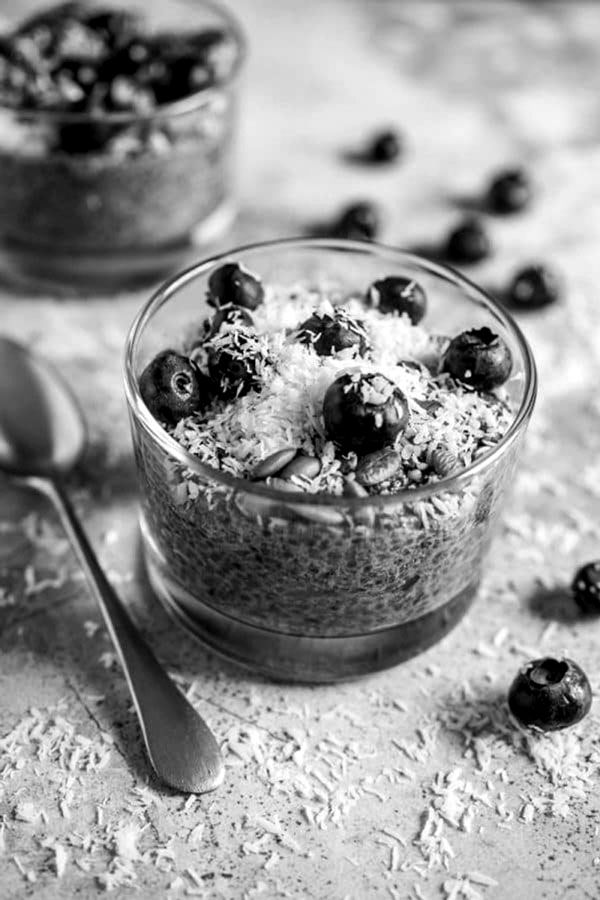
October is the time to gather native berries and chia seeds and make Chia/berry recipes
Merry Berry Smoothie
Ingredients:
1 ¬Ω C. apple juice
1 C. mixed berries, frozen
or fresh
1 Tbs. chia seeds
Soak chia seeds in the apple juice for 10 minutes. Blend all ingredients together until smooth
To make a creamier smoothie, add 2 Tbs. yogurt or half a banana.
Berry Chia pudding
(3 servings)
¾ C. chia seeds
3 C. almond milk
2 tsp. honey or agave syrup
1 C. blackberries
1 C. strawberries
To make pudding, pour chia seeds, vanilla almond milk and honey into a jar and mix well. Let settle for 2–3 minutes, then mix again so it doesn’t clump. Cover the jar and store in fridge overnight. Next day place 1/3 chia mixture in blender with 1 cup blackberries. Blend until smooth, and then divide mixture evenly into cups. Layer another 1/3 of chia pudding on top of the blackberry layer. Place the rest of the chia pudding in the blender with the strawberries, blend until smooth, and add on top of the chia pudding layer. Garnish to your liking, or store covered in the fridge up to one week.
Kat High is a Hupa Tribe descendant, teacher, storyteller, native-plant specialist, native plant gardener, and occupational therapist. She often appears on the PBS series, Tending the Wild. katcalls@aol.com | | | | | | | | | | | | |
|
|
|
|
|




